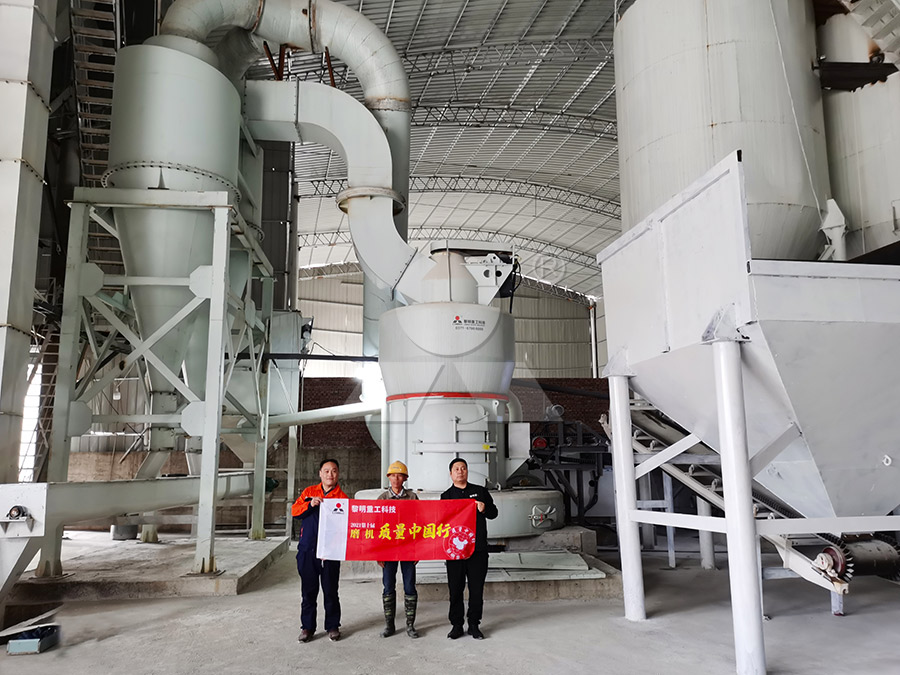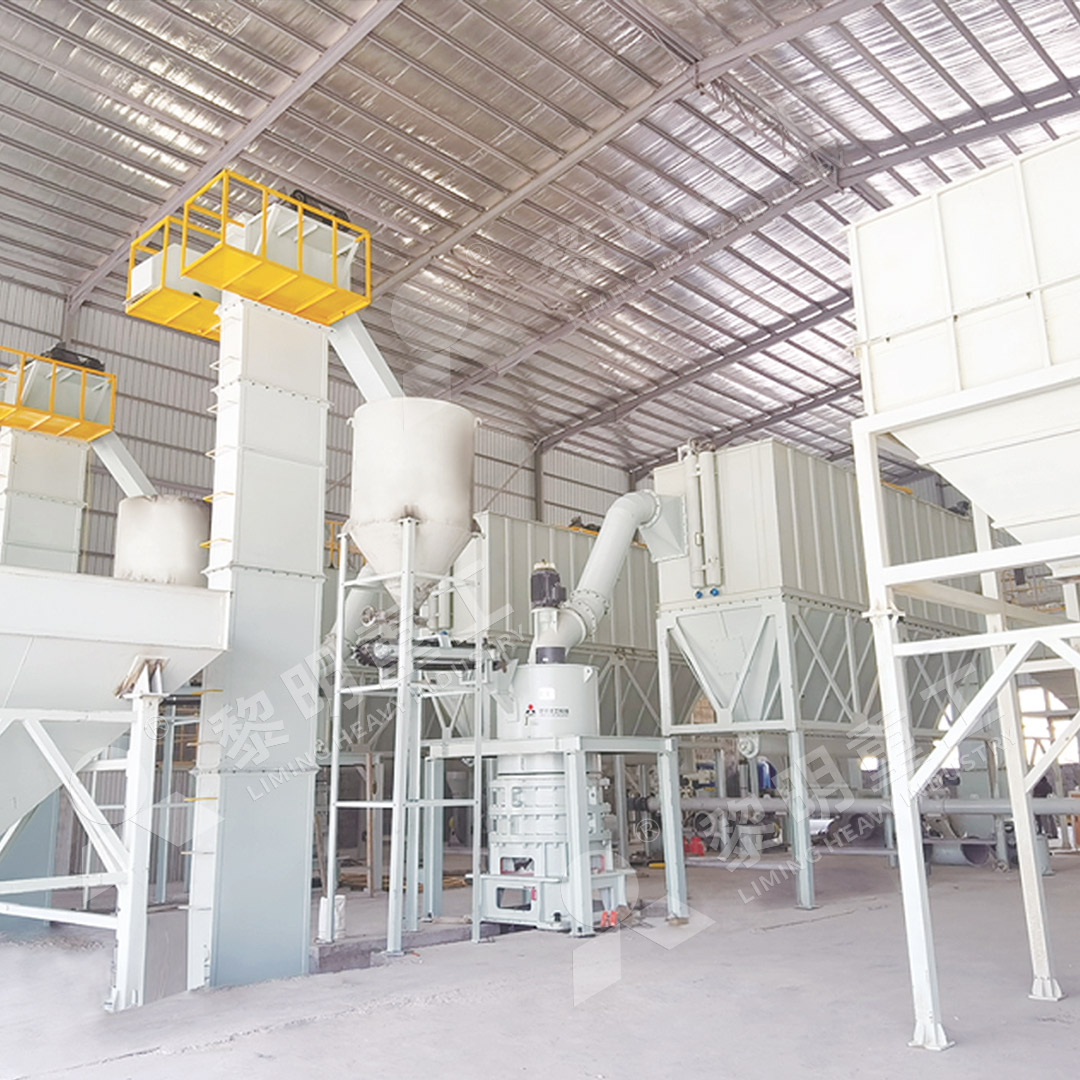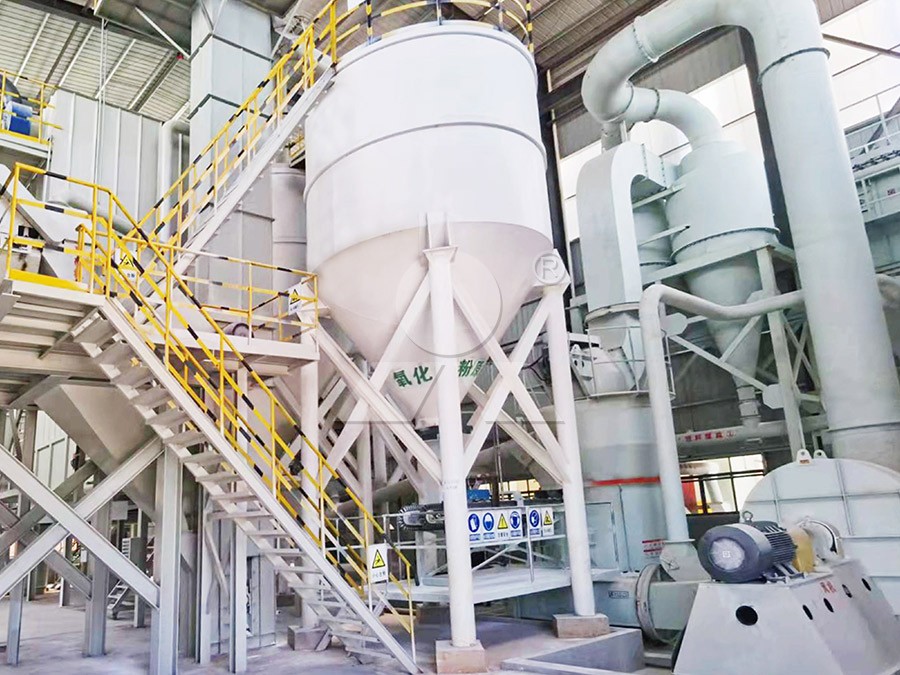What is a 25 mesh Raymond mill and how does it work?
What is a 25 mesh Raymond mill and how does it work?
In the world of industrial milling, the term “25 mesh Raymond mill” often surfaces, especially among professionals dealing with medium-fine powder processing. For those new to the field, understanding what this equipment entails and its operational mechanics is crucial for making informed decisions. A 25 mesh Raymond mill refers to a grinding machine capable of producing powder with a fineness of approximately 25 mesh, which translates to particles around 0.707 millimeters in size. This type of mill is part of the broader Raymond mill family, known for its reliability in processing non-metallic minerals and other materials.
Raymond mills, including those designed for 25 mesh output, operate on a well-established principle that combines grinding, classification, and collection. The process begins with raw materials being fed into the grinding chamber, where rotating rollers exert pressure on a stationary ring. This action crushes the material into fine particles. A key component is the integrated classifier, which ensures that only particles meeting the desired fineness, such as 25 mesh, proceed to the collection system, while coarser particles are recycled for further grinding. This closed-loop system enhances efficiency and consistency in powder production.

Historically, Raymond mills have been favored for their simplicity and cost-effectiveness in applications like coal grinding, desulfurization, and non-metallic ore processing. However, as industries evolve towards higher efficiency and environmental standards, traditional Raymond mills may face limitations in energy consumption and ultra-fine powder capabilities. For instance, while a standard Raymond mill handles inputs under 25 mm with capacities around 0.6-5 tph, modern alternatives offer enhanced performance for finer outputs and larger scales.
In today’s competitive market, many operations are transitioning to advanced grinding solutions that build upon the Raymond mill foundation. For example, our MW Ultrafine Grinding Mill represents a significant leap forward, designed for customers requiring ultra-fine powder beyond the range of traditional mills. With an input size of 0-20 mm and a capacity of 0.5-25 tph, this machine excels in producing powders between 325 and 2500 meshes, far exceeding the 25 mesh benchmark. Its innovative features, such as higher yielding and lower energy consumption, make it ideal for applications in chemicals, paints, and cosmetics, where precision and eco-friendliness are paramount. The MW mill’s cage-type powder selector, derived from German technology, ensures adjustable fineness and efficient dust removal, aligning with modern environmental standards.

Another standout in our portfolio is the LUM Ultrafine Vertical Grinding Mill, which integrates cutting-edge roller and powder separating technologies. With an input size of 0-10 mm and capacity of 5-18 tph, it offers superior energy savings—up to 50% compared to conventional mills—and stable operation through features like double position-limiting technology. This mill is particularly suited for superfine dry powder production in industries like construction and ceramics, providing a reliable alternative for those seeking to upgrade from traditional Raymond mills.
When considering a 25 mesh Raymond mill, it’s essential to evaluate not just the initial cost but also long-term operational efficiency. Factors such as maintenance requirements, energy consumption, and environmental impact play a critical role. For instance, older Raymond mill models might involve frequent adjustments for fineness control, whereas modern mills like the MW and LUM series incorporate automated systems for seamless operation. Additionally, advancements in digital processing and spare parts availability ensure minimal downtime, supporting continuous production in demanding environments.

In summary, while the 25 mesh Raymond mill remains a viable option for specific medium-fine grinding tasks, the industry’s shift towards ultra-fine, energy-efficient solutions cannot be overlooked. By exploring advanced alternatives like the MW and LUM mills, businesses can achieve higher productivity, reduced environmental footprint, and greater adaptability to diverse material types. We encourage potential users to assess their specific needs and consult with experts to select the most suitable equipment for their operations.
Frequently Asked Questions (FAQ)
- What does “25 mesh” mean in grinding mills? It refers to the fineness of the powder, where 25 mesh corresponds to particles passing through a screen with 25 openings per linear inch, roughly 0.707 mm in size.
- How does a Raymond mill achieve consistent fineness? Through a combination of grinding rollers pressing against a ring and an integrated classifier that recycles oversized particles, ensuring uniform output.
- Can Raymond mills handle materials other than minerals? Yes, they are versatile and can process various materials, including coal, gypsum, and barite, depending on the model.
- What are the advantages of upgrading to an ultrafine mill like the MW series? Benefits include higher energy efficiency, adjustable fineness up to 2500 meshes, and eco-friendly features like reduced dust and noise.
- Is maintenance complex for modern grinding mills? No, models like the LUM Ultrafine Vertical Grinding Mill feature reversible structures and external lubrication, simplifying upkeep and reducing downtime.
